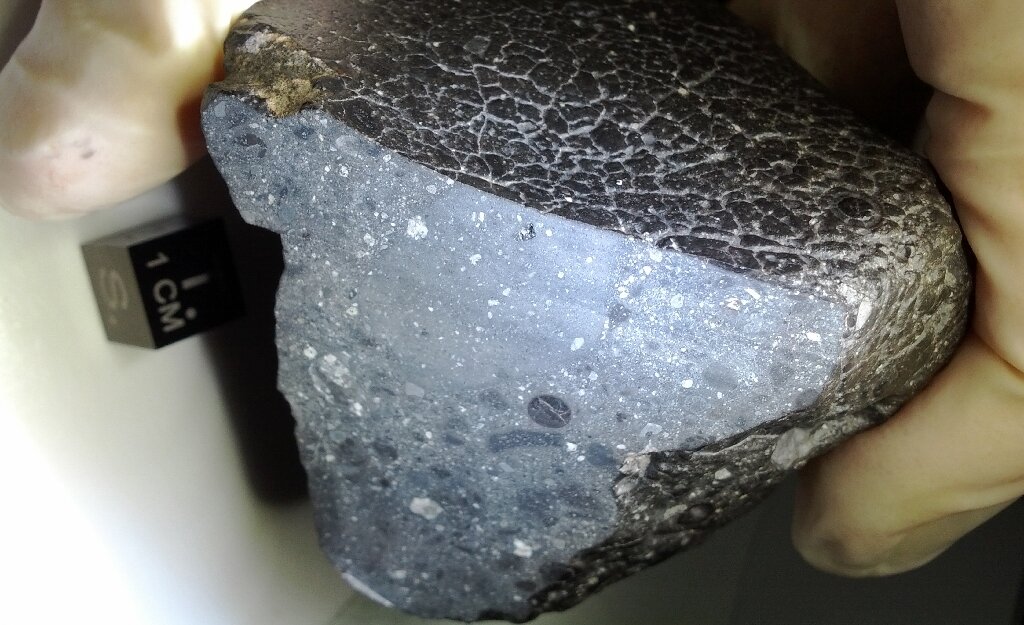#Historical climate fluctuations in Central Europe overestimated due to tree ring analysis
“#Historical climate fluctuations in Central Europe overestimated due to tree ring analysis”

“Was there a warm period in the Middle Ages that at least comes close to today’s? Answers to such fundamental questions are largely sought from tree ring data,” explains lead author Josef Ludescher of the Potsdam Institute for Climate Impact Research (PIK). “Our study now shows that previous climate analyses from tree ring data significantly overestimate the climate’s persistence. A warm year is indeed followed by another warm rather than a cool year, but not as long and strongly as tree rings would initially suggest. If the persistence tendency is correctly taken into account, the current warming of Europe appears even more exceptional than previously assumed.”
To examine the quality of temperature series obtained from tree rings, Josef Ludescher and Hans Joachim Schellnhuber (PIK) as well as Armin Bunde (Justus-Liebig-University Giessen) and Ulf Büntgen (Cambridge University) focused on Central Europe. Main reason for this approach was the existing long observation series dating back to the middle of the 18th century to compare with the tree ring data. In addition, there are archives that accurately recorded the beginning of grape and grain harvests and even go back to the 14th century. These records, as well as the width of tree rings, allow temperature reconstructions. A warm summer is indicated by a wide tree ring and an early start of the harvest, a cold summer by a narrow tree ring and a late start of the harvest. The trees studied are those from altitudes where temperature has a strong influence on growth and where there is enough water for growth even in warm years.
Medieval archives confirm modern climate system research
“It turned out that in the tree ring data the climatic fluctuations are exaggerated. In contrast, the temperatures from the harvest records have the same persistence tendency as observation data and also the computer simulations we do with climate models,” says co-author Hans Joachim Schellnhuber of PIK. “Interestingly, medieval archives thus confirm modern climate system research.”
To eliminate the inaccuracies of the tree ring data, the scientists used a mathematical method to adjust the strength of the persistence tendency to the harvest data and the observation data. “The adjustment does not change the chronological position of the respective cold and warm periods within the tree rings, but their intensity is reduced,” explains co-author Armin Bunde from the University of Gießen. “The corrected temperature series corresponds much better with the existing observations and harvest chronicles. In its entirety the data suggests that the medieval climate fluctuations and especially the warm periods were much less pronounced than previously assumed. So the present human-made warming stands out even more.”
More information:
Josef Ludescher et al, Setting the tree-ring record straight, Climate Dynamics (2020). DOI: 10.1007/s00382-020-05433-w
Historical climate fluctuations in Central Europe overestimated due to tree ring analysis (2020, September 10)
retrieved 10 September 2020
from https://phys.org/news/2020-09-historical-climate-fluctuations-central-europe.html
This document is subject to copyright. Apart from any fair dealing for the purpose of private study or research, no
part may be reproduced without the written permission. The content is provided for information purposes only.
If you want to read more Like this articles, you can visit our Science category.
if you want to watch Movies or Tv Shows go to Dizi.BuradaBiliyorum.Com for forums sites go to Forum.BuradaBiliyorum.Com


